How to Deep Clean a Stinky Kitchen Sponge
With millions of bacteria on kitchen sponges that make them stink, some say they can be killed off by a minute or two in the microwave. Others say that microwaving is useless to destroy the bad stuff. What’s the answer?
Dear Mary: With all those gazillions of bacteria on kitchen sponges*, some say they can be killed off by a minute or two in the microwave. Others say that microwaving is useless to destroy the bad stuff. Do you have a definitive answer one way or the other?
Many thanks for all your advice and recipes. I’m still reaping raves for your Italian Sausage Vegetable Soup! Pat B., San Gabriel, Calif.
Dear Pat B: This is an important subject. Thanks for bringing it up. The theory is that high heat kills most bacteria. However, the amount of time needed in a microwave to reach the desired temperature to kill the bacteria and mildew harbored in the center of a sponge will result in a flaming, incinerated sponge!
Microwave
As reported in The New York Times citing this study, nuked kitchen sponges still harbor about 40% of their bacteria, some of which can be life-threatening.
Dishwasher
Putting that kitchen sponge in the dishwasher daily, or as often as you run a load of dishes, is a much better solution. The heat and detergent are sufficient to kill bacteria and mildew.
I’m going to assume that you use one kitchen sponge at a time, and that may be the problem. Let me suggest you have at least two sponges going. This way, one will always be available to wipe the counter and so forth, while the other is getting sanitized in the dishwasher. Just get into the habit of adding one kitchen sponge to every dishwasher load. Do this without fail for a couple of weeks and soon it’ll become a habit.
DIY antibacterial solution
Another option, espeically if you don’t have a dishwasher is to soak that daily sponge in a good antibacterial sanitizer for at least 10 minutes up to overnight. But don’t spend $8 for a 16-oz. bottle from the store. Make it yourself for pennies!
According to the FDA, one teaspoon of liquid chlorine bleach per quart of clean water can be used to sanitize all kitchen surfaces like cutting boards, counter tops, refrigerator shelves—and sponges!
Another option
All that being said, another option is to replace sponges with cotton or microfiber cloths that can be tossed into the laundry after every use.
Hope that helps, Pat B., and keep impressing your guests with that soup!
*Dirtier Than a Toilet Seat
The toilet seat has acquired an unfair reputation as the dirtiest item in the average household. But that’s not exactly true!
Dr Chuck Gerba, professor of microbiology at the University of Arizona, studies how diseases are transferred through the environment. This involves swabbing household items and measuring how many and what sort of bacteria develop.
He particularly looks for faecal bacteria such as E.coli and staphylococcus aureus.
There are about 200 times more fecal bacteria on the average kitchen cutting board than on a toilet seat—from raw meat products or the viscera from inside of the animal, where a lot of the fecal bacteria originate.
But the filthiest culprit in our homes? The kitchen sponge or cloth. There are about 10 million bacteria per square inch on a typical kitchen sponge, and a million on a dishcloth.
In other words, a kitchen sponge is 200,000 times dirtier than a toilet seat, and a dishcloth is 20,000 times dirtier. This is the same the world over. Source: BBC News
Everyday Cheapskate participates in the Amazon Services LLC Associates Program, an affiliate advertising program and other affiliate programs as well, designed to provide a means for us to earn from qualifying purchases at no cost to you. If you click through some links in this post and make a purchase, we may receive a small commission at no additional cost to you. Thanks!

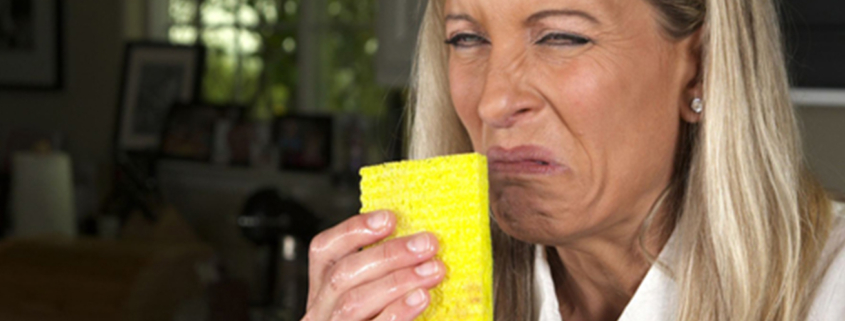
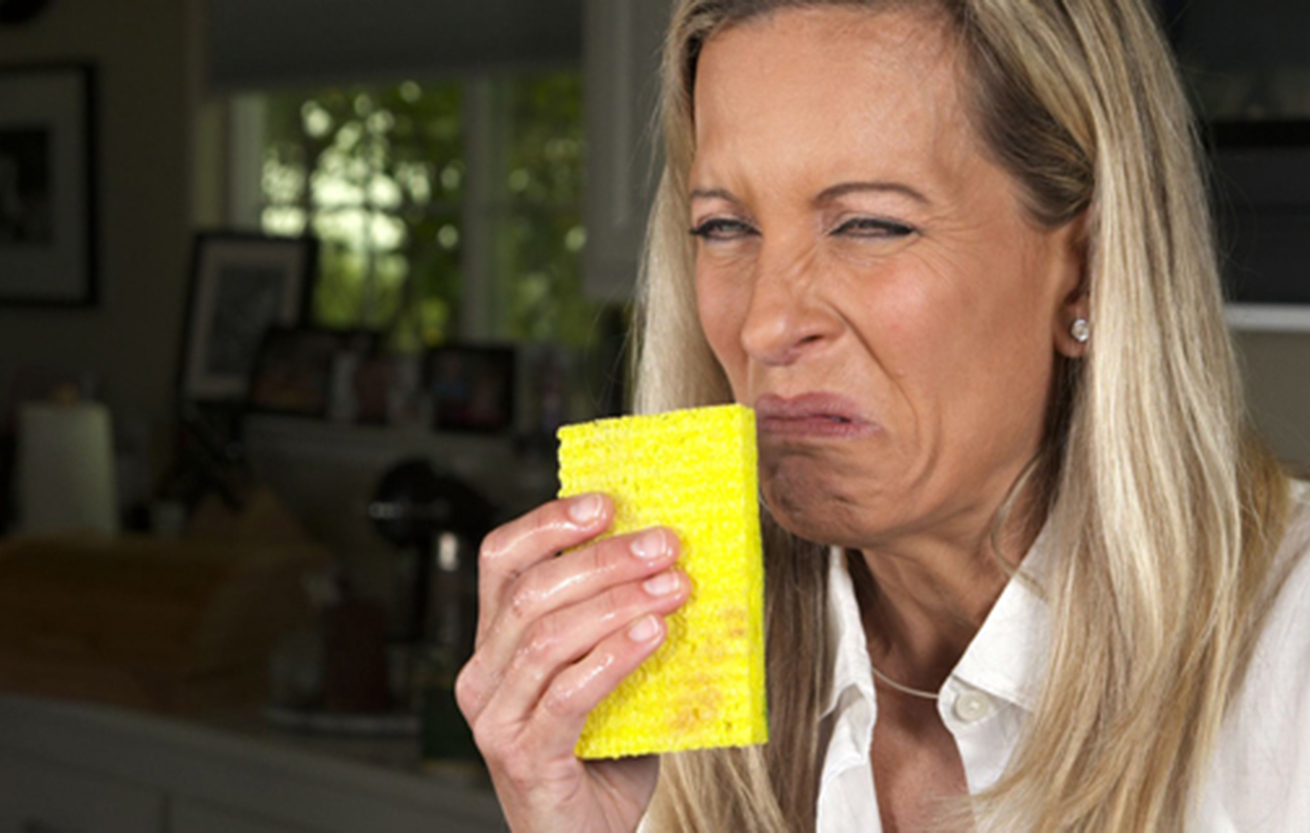


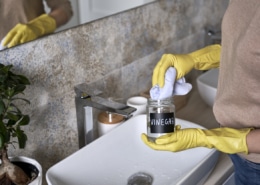

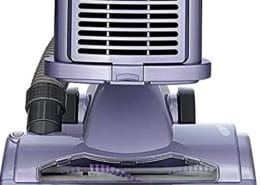
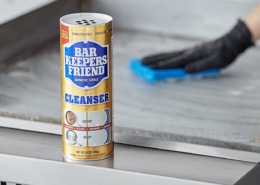
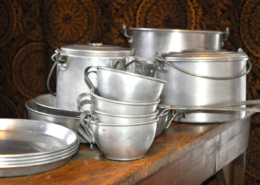
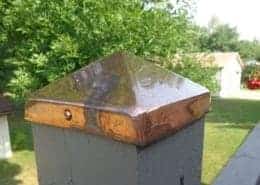
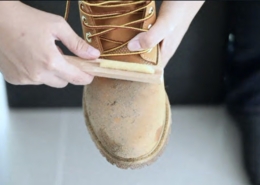
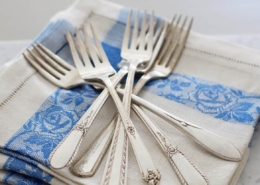


I boil 3 cups of water every morning. I use one cup to make a cup of instant coffee to drink with breakfast and pour the rest of the boiling water on my kitchen sponge to kill the bacteria. I do this every morning. After a month or so, I use a new sponge and use the old sponge to clean my counter tops, kitchen sink or walls. After reading the previous posts about how good the Swedish dishcloths are, I will definitely order some.
I wouldn’t depend on that cup of boiling water, Lilia According to this study, boiling water—even putting it into a pot of boiling water—is an ineffective as putting it in the microwave oven. You won’t make it cleaner and it may even promote the growth of certain types of bacteria.
The first time I used a sponge in the kitchen and smelled the funk was the last time I used a sponge. I use a dishcloth, lately the Swedish dishcloths. They are miraculous and with a good rinse and wring out they’re ready to go. No stench.
I switched to Swedish dishcloths a few months back and love them. I now give them as gifts!
I love my microfiber sponges. They wash up beautifully, last a long time, and cost about the same as a five pack of large yellow and green scrubber sponges.
We don’t have a dishwasher, except for my husband. What should those of us without a dishwasher do?
Another option, espeically if you don’t have a dishwasher is to soak that daily sponge in a good antibacterial sanitizer for at least an hour up to overnight. But don’t spend $8 for a 16-oz. bottle from the store. Make it yourself for pennies!
According to the FDA, one teaspoon of liquid chlorine bleach per quart of clean water can be used to sanitize all kitchen surfaces like cutting boards, counter tops, refrigerator shelves—and sponges!
While we are at it, can we roast the seeds at the same time? Or is there a different time and temp? What sort of prep do they need? Thanks for all you do! Always learn alot.
Please follow the guidelines at EverydayCheapskate.com/contact to submit an off-subject question. Thanks!
How do I clean terrazzo floors that have yellowed pathways worn into them?
Please follow the guidelines at EverydayCheapskate.com/contact to submit an off-subject question. Thanks!
My solution to bacteria-laden sponges? Throw them away and never buy them again. As Mary suggested a dish cloth, microfiber or whatever can be thrown in the wash (hot water) after one or two uses which is what I do.
Sponges don’t pick up as much as a dish cloth and the bacteria that a stinky sponge harbors cannot be rinsed out.
Just my opinion.
Thanks so much for all you do, Mary! ❤️